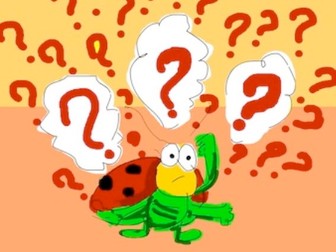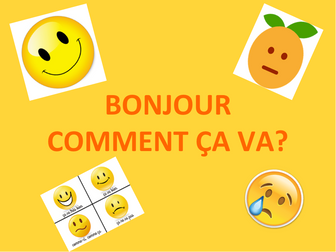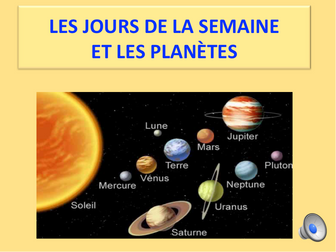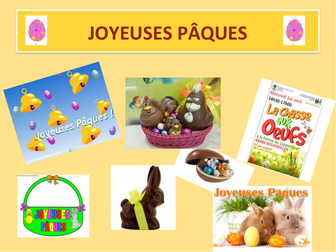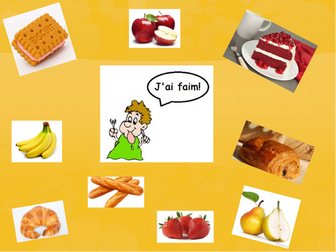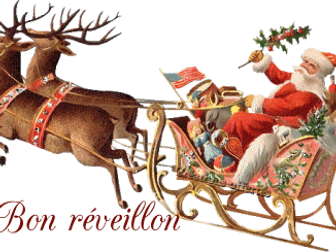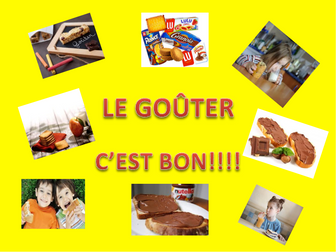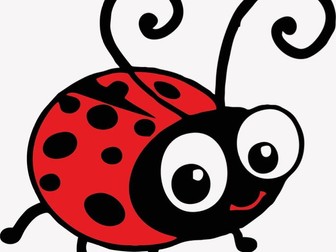
La Famille Jolineau en vacances is a bilingual ( French/English) Ebook.
La Famille Jolineau en vacances is a bilingual fun story book for primary school children, usable from KS1, ideal for lessons about summer holidays. In the first part of the book, children can learn about family members; which activities/ leisure each member likes doing; saying names and age. After this introductory part, the book follows the family on holiday in Brittany, spending the day on the beach. This can be used as part of lessons on family, holidays and likes and dislikes. There is a cultural focus on le goûter ( the special after school French snack!) and activities at the back of the book on colours and days of the week. A section on silent consonants is an additional useful tool. Throughout the book, a little ladybird is asking questions to encourage active reading. Further , the silent consonants are marked in red.
